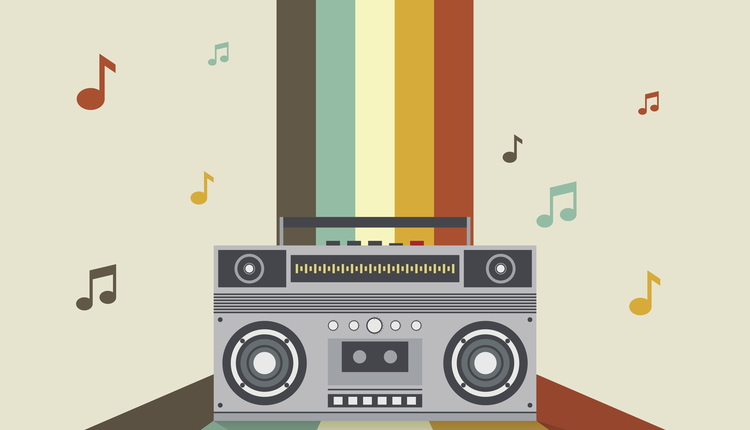This was fiction when it was first published on June 8, 1949:
Winston Smith is a member of the Outer Party. He works in the Records Department in the Ministry of Truth, rewriting and distorting history. To escape Big Brother's tyranny, at least inside his own mind, Winston begins a diary — an act punishable by death. Winston is determined to remain human under inhuman circumstances. Yet telescreens are placed everywhere — in his home, in his cubicle at work, in the cafeteria where he eats, even in the bathroom stalls. His every move is watched. No place is safe.
It’s reality now. The Internet of Things has been defined by the U.S. Department of Health and Human Services’ Office of Inspector General (OIG) as “interconnected networks of uniquely identified physical objects embedded with sensors that collect, communicate and act upon a broad variety of data such as location, temperature, motion or performance. These ‘smart objects’ collect and communicate data that can be analyzed for better tracking and management of assets in real-time, efficiency improvements and the creation of better and smarter products, services and processes.”
Certainly George Orwell’s novel 1984 and its draconian view of “Big Brother” is the polar opposite of the modern ability to connect devices with on/off switches via the Internet. Nonetheless, it is fascinating that 67 years ago, an author had a prescient vision that technology (telescreens in 1949; mobile phones in 2016) could monitor private and public lives.
According to IBM Institute for Business, there are already more Internet-connected devices in the world than there are people, and that number is expected to grow to more than 100 billion devices by 2050. It is this projected explosion in everyday connectivity that begat the phrase “The Internet of Things” (IoT).
The USPS Can Benefit From the IoT
This vast network is already creating real value for companies that have embraced it to better control their assets and to increase efficiency while trying to increase revenue and the number of customers who take advantage of it. Utilizing IoT, we can track exercise and activity levels, remotely monitor and manage our homes and reorder trash bags, toilet paper, razors, detergent or a multitude of other consumable products. Connectivity expert Cisco estimates that IoT will bring more than $19 trillion in value worldwide by 2022.
The Unites States Postal Service is no different than other companies. The potential IoT benefits are very real for the USPS, and several unique features work in its favor:
1. A vast infrastructure
2. Experience in data collection and analytics
3. Customer demand for information
Consider the Mailbox
Consider one of the quotidian beneficiaries of the IoT: the mailbox. The mailbox we use today was created more than 100 years ago. Bringing it into the 21st century could be a new way to help industry and consumers. A new, smart mailbox could be fitted with sensors that, when connected to a real-time app, could provide the consumer with benefits like delivery and pick-up data and environmental information like temperature and precipitation to keep medication and groceries from spoiling.
The Office of Inspector General notes that enabling new technology could also offer a huge advantage for local governments and their citizens. Wouldn’t it be great if the mailbox of an elderly person could send a text alert to a relative or the police department if the homeowner has not picked up his or her mail for a certain number of days (although there are countless stories of letter carriers already performing this considerate act)?
Evident Value
Although we are just scratching the surface of what can be done with the Internet of Things, its value is already evident. We know that the IoT can cut costs, generate efficiencies, optimize processes and respond to customer demands for more information.
The USPS — and most other product or service businesses, by the way — could reap the benefits of all the possible applications. Smart mailboxes are just the beginning. Think about the possibilities that maintaining and repairing equipment in smart buildings could offer, not to mention the potential productivity enhancements made possible by smart vehicle management.
It’s time to implement today’s technology to improve overall business decision-making for an improved customer experience tomorrow.














